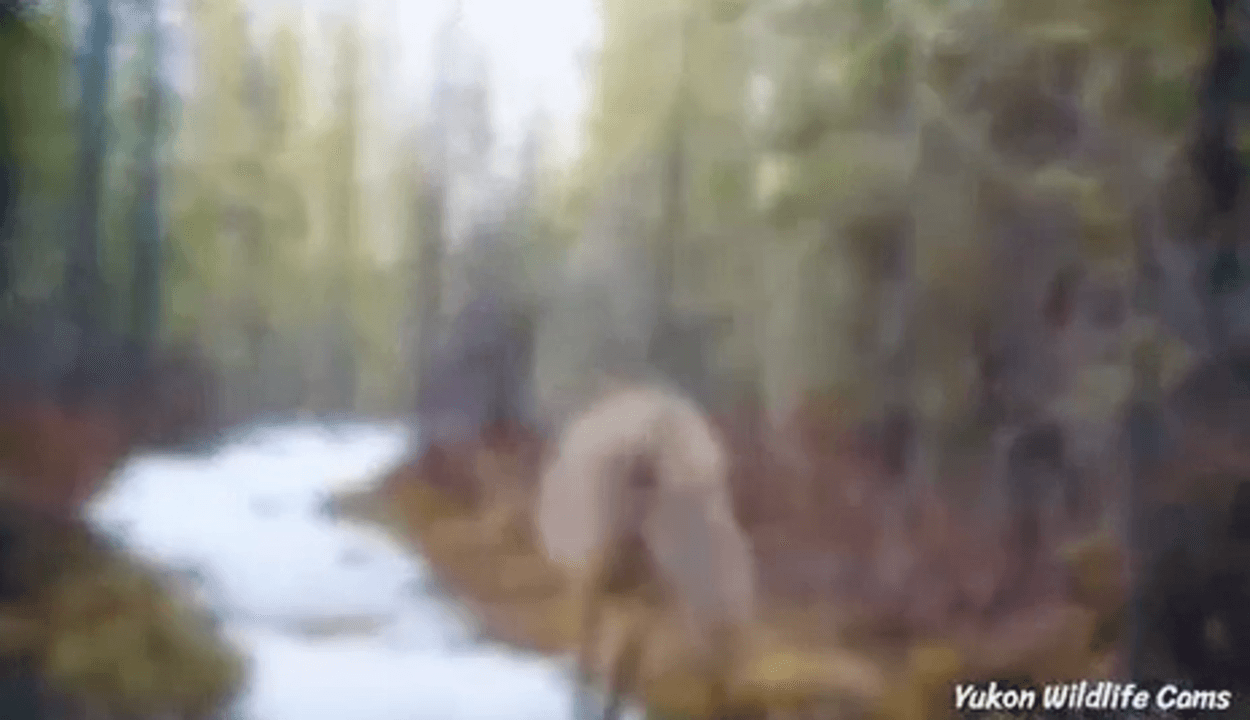
Animal crossroads. The place where all the trails intersect… Look how lucky can be one well-installed camera trap f. Amazing video! I wonder if the person who installed it was just lucky or if he is an experienced hunter and ranger. Animal trails are the clearest and most trampled near rivers, lakes and other watering places. And the most unpleasant thing is that the further away they are from the watering hole, the more they diverge, branch out, and almost get lost in the thicket of the forest. They are difficult to track even for very experienced hunters. They become invisible to humans. Animals find their paths unmistakably thanks to their sense of smell, but humans have a bad sense of smell. So it turns out that the path found in a person's misunderstanding "suddenly suddenly ended." Berries and mushrooms grow well along animal trails, because animals carry their seeds and spores on their paws, hooves and in their stomachs, and bears, for example, often make trails to berry fields or along berry fields, such as raspberries. Finding such an animal crossroads is a special piece of luck. Let's see how this can be done. How to understand that the trail is bestial It winds and splits into smaller paths that converge and then diverge: 🐾 The certified trail is the most trampled at the watering hole. If the trail is decreasing, it means you are moving away from the watering place. 🐾 If the path runs through clay in places, then you can distinguish animal tracks. In general, sometimes animals go out on human trails, but usually their tracks just cross our roads. 🐾 Animals leave their excrement right on the trail along the way. People leave behind a variety of human garbage. Unfortunately, in this case, the garbage will definitely tell you that this is not an animal trail. 🐾 If branches converge low over the path and you have to bend down so that they don't slap your face, then the path clearly belongs to one of the quadrupeds – wolves, wild boars, bears. 🐾 If the path is clearly uncomfortable, it means an animal path. The human path does not make sharp illogical loops, there are no large branches lying on it. A person removes all this from the road and generally lays out a more or less clear, direct route. The animals do not remove the branches from their path, but simply step over them. Separately about the bears Along his trails, he breaks young trees and makes marks on large trees with his claws. These are deep, well-visible scratches. He also scratches his back against the trunks of large trees, leaving hairs on the bark. But a bear, for example, can go out on a human trail to leave its marks and thereby show that it is not happy with the presence of a human.
Post: 12 January 20:49
